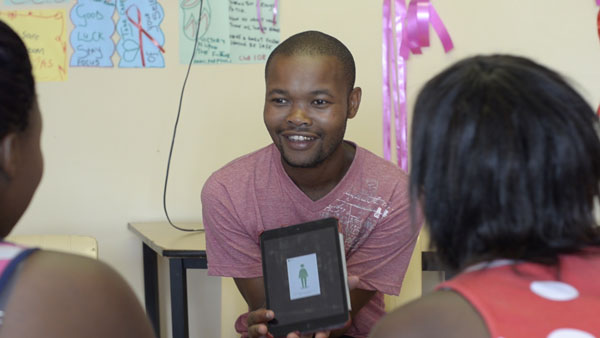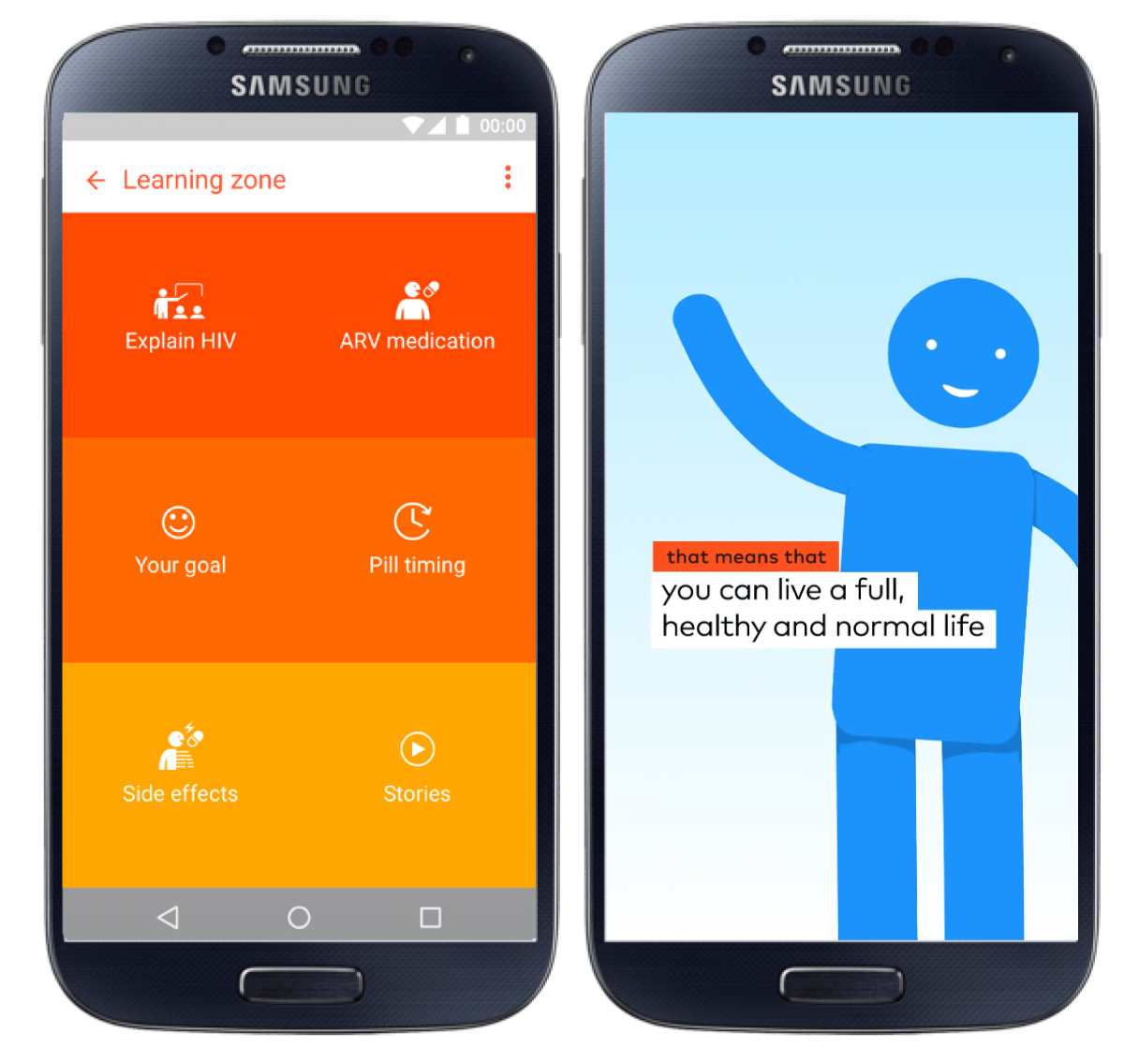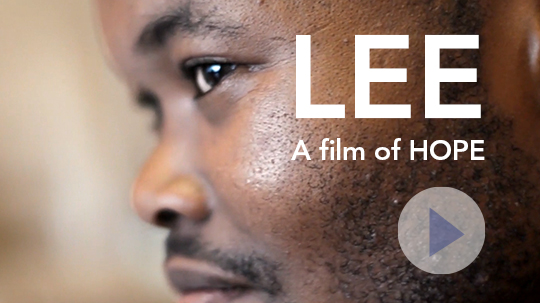We must change the way they test us at the clinics
Our research showed that HIV communication at clinics is mostly ineffective. Health care workers use didactic methods that tell young people what to do, that often results in misunderstanding and confusion. This needs to urgently change.
Warren: “How would you feel if your test result is positive?”
“I’d lose my girlfriend, and then no woman would ever want to be with me ever again, then I could not have children and no one would ever give me a job and I will never be able to buy a house… my life would be over!”(A young man, Khayelitsha)
The study found that current communications about treatment were limited in their effectiveness and rates of treatment adherence remained poor. This was partly because many young people did not understand what they were told about treatment and the importance of following the treatment regime. However it was also linked to deeper issues of motivation, which were related to the trauma of diagnosis and a loss of hope. Therefore in order to improve communication effectiveness, it will be important to address motivational issues as well as issues of understanding.
Because young people felt so traumatised by their diagnosis they said that they could not hear the messages that clinicians spoke to them. At this juncture treatment information was not their priority.To help support them at this difficult moment, participants said that they wanted to listen to other young people’s stories of how they had re-connected and had moved beyond the trauma of diagnosis to living normal full lives.
A case study film was made that was used during pilot funded by ViiV.
Young people said that an animation would help them to better understand adherence. In response, an animation was produced explaining the concepts of viral load and CD4 count. Other details of the visual representation were developed in consultation with clinicians and young people.

The pilot animation was piloted to groups of young people at one of the clinics by a young man who himself was living with HIV.During presentations of the pilot animation young people talked passionately about their own experiences, including the loss of family members, friends and community members to HIV in the past. Many of them had not done so before and found it very helpful. They also asked many questions about HIV and treatment, and a dialogue developed. This kind of exchange was valued greatly by them. Findings showed that communication will be more effective in settings that provide a space for sharing and learning of this kind than in conventional one-way transmission of information.
Using the principles of Human Centred Design (HCD), we co-developed a mCommunication platform designed to engage young people about HIV and treatment. The tool included a series of animations that carefully explain HIV disease, how the treatment works, and the science of undetectable viral load. Stories of hope from other young people living with HIV were also incorporated.The Communication tool was used as part of a new communication approach designed to change HIV testing and support young people’s first phase of adherence. The strategy and tool were tested during a pilot study conducted in two clinics in the townships near Cape Town.

Biomedical concepts are best understood when they are presented in an interactive multi-media format, allowing time for learning.
Biomedical concepts are best understood when they are presented in an interactive multi-media format, allowing time for learning.
Animation design was informed by prior research and multi-media learning theory ensuring high impact.
Findings:
Findings indicate that the communication approach was effective in supporting young people’s learning about HIV and treatment, increasing their hope that they can live a normal life post- diagnosis. These factors contributed to their motivation to adhere to ART and remain in care during the period of this study.
Findings indicate that the communication approach was effective in supporting young people’s learning about HIV and treatment, increasing their hope that they can live a normal life post- diagnosis. These factors contributed to their motivation to adhere to ART and remain in care during the period of this study.
Findings indicate that the communication approach was effective in supporting young people’s learning about HIV and treatment, increasing their hope that they can live a normal life post- diagnosis. These factors contributed to their motivation to adhere to ART and remain in care during the period of this study.
Findings indicate that the communication approach was effective in supporting young people’s learning about HIV and treatment, increasing their hope that they can live a normal life post- diagnosis. These factors contributed to their motivation to adhere to ART and remain in care during the period of this study.
